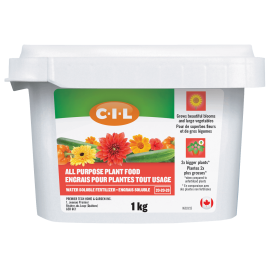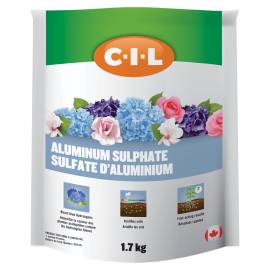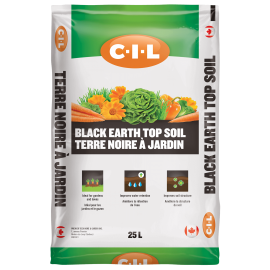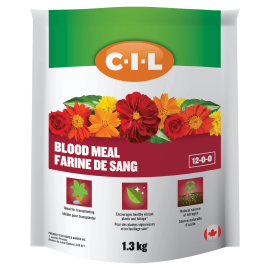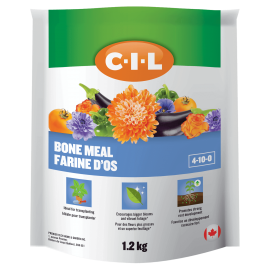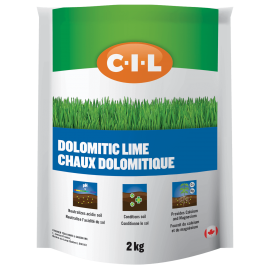How to Propagate Plants
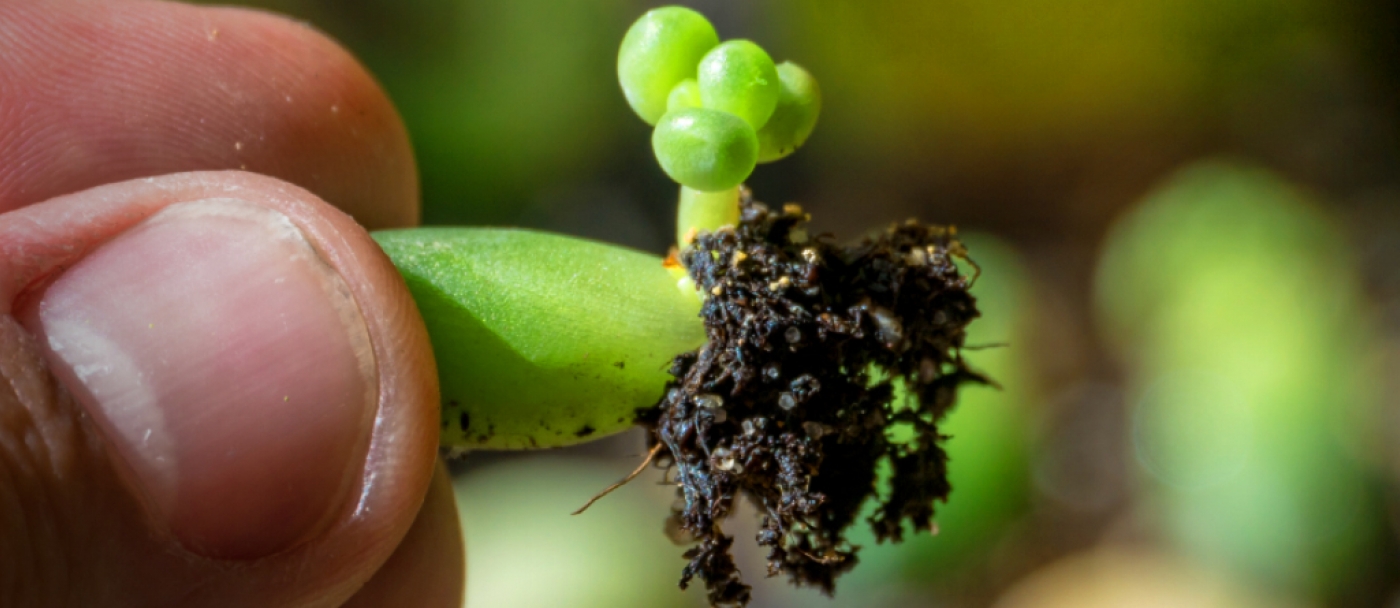
There are several ways to propagate plants, but propagating by cuttings is favored by many gardeners because it’s a simple, inexpensive, and reliable way to grow new plants.
Rooting cuttings works well for many woody shrubs, vines, and ornamental plants, including most houseplants. We’ve provided simple step-by-step directions to get you started.
- Fill a container with good quality potting mix. Be sure the container has a drainage hole in the bottom. If you’re rooting several cuttings, you may want to use celled trays. Water the potting mix well, then set it aside to drain until you’re ready to plant the cutting. Potting mix should be moist, but never dripping wet.
- Use a sterile knife or pruners to cut a stem from a healthy, growing plant. The stem should be about 7.5 to 13 cm in length. It should have leaves, but no buds or blooms, and it must also have a couple of nodes (swellings where leaves, buds, or stems grow (or have grown) from the main stem). Cut the stem at a slight angle, just below a node.
- Pull off the leaves from the bottom of the stem. (New stems will grow from the wounded spots). At least two leaves should remain at or near the top.
(Note: At this point, many houseplants are easy to propagate by putting the cutting in a glass of water. Move the cutting to a pot when it has several healthy roots).
- Dip the bottom 2.5 cm of the stem in rooting hormone. (Although rooting hormone isn’t absolutely required, it may increase the chance of success). Poke a pencil or stick into the moist potting mix, then plant the stem in the hole.
- Cover the pot or tray with clear plastic to create a greenhouse-like environment. Put the cutting in bright, indirect light.
- Ideally, temperature in the room should be between 25 and 27 C. If the room is cooler, a heat mat will keep the soil warm until the cuttings germinate. Rooting is possible in cooler temps, but will be slower.
- Water the potting mix as needed to keep it moist, but never soggy. Poke a few holes in the plastic or open the top if you notice condensation on the inside of the plastic.
- Remove the plastic when the cutting has rooted, usually indicated by the appearance of new growth, which may take a few days or several weeks. At this point, you can move the cutting into a slightly larger pot and treat it like a regular houseplant. Outdoor plants usually need a little more time before they’re ready to be transplanted.
